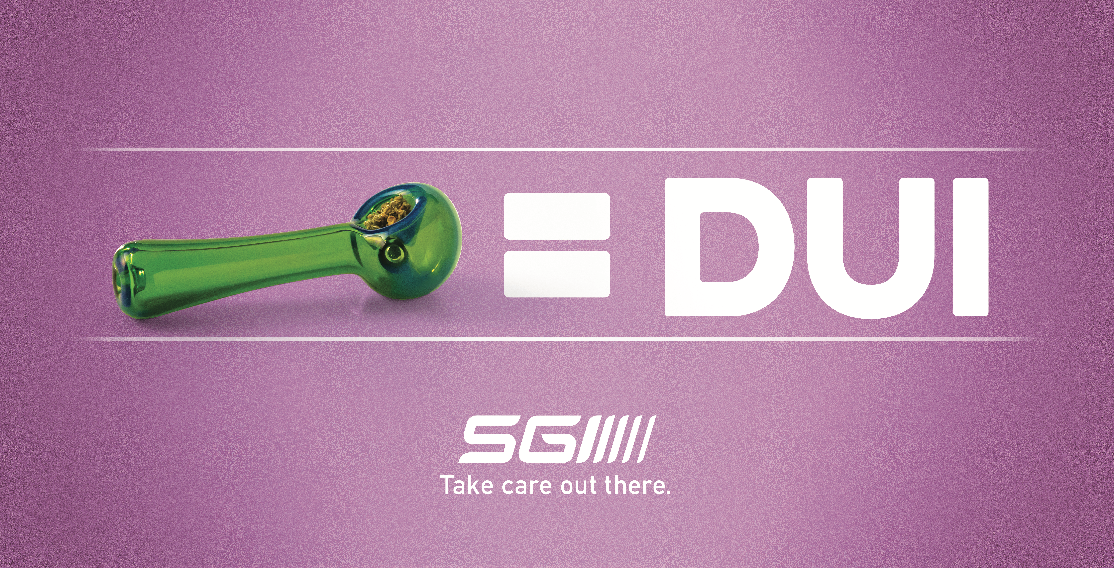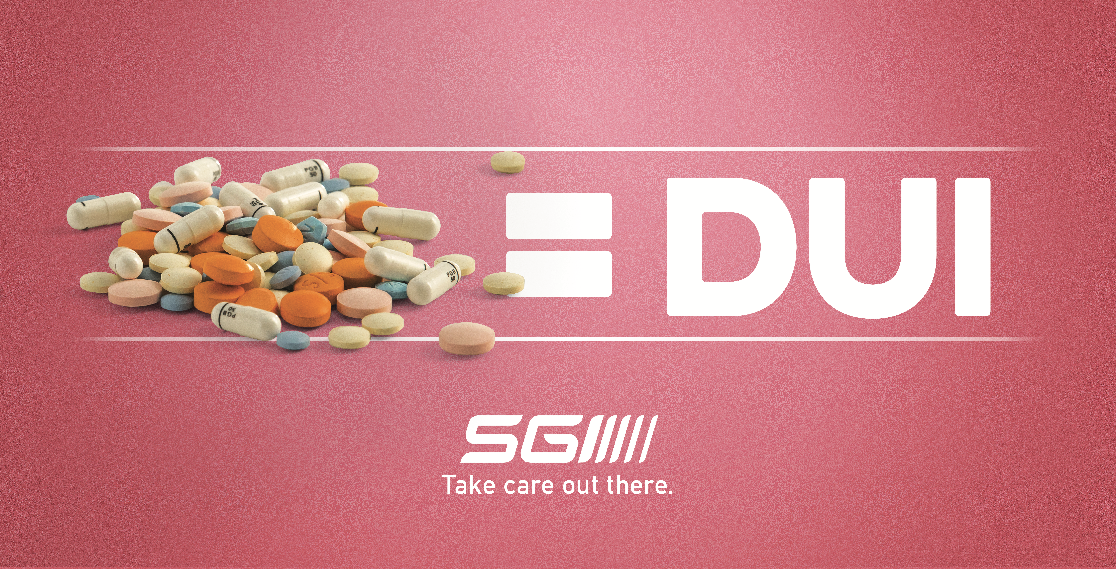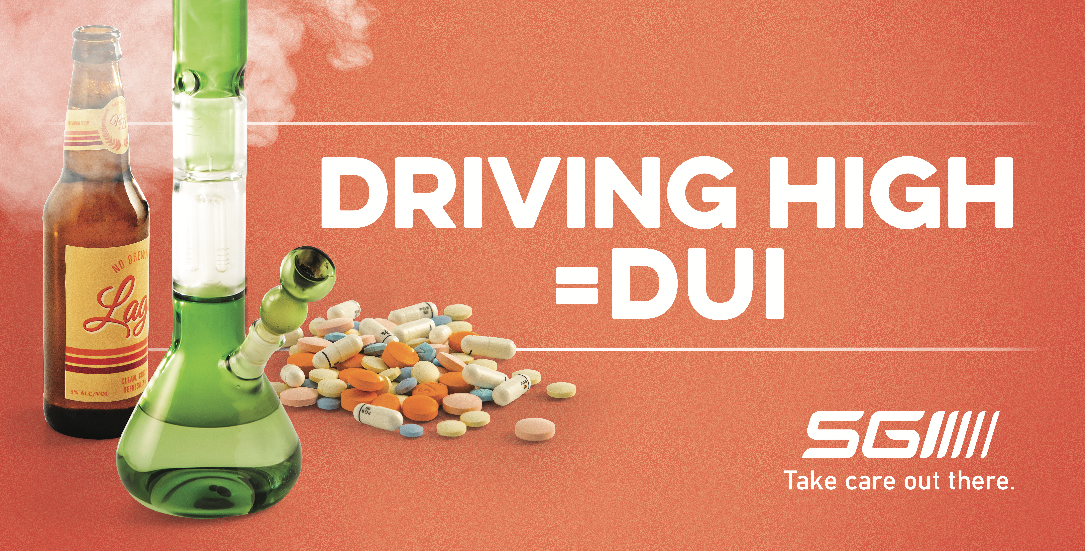In May, SGI launched their newest campaign, High Driving, in conjunction with the introduction of new laws around marijuana.
The campaign aims to inform Saskatchewan drivers that driving high is also driving while impaired – which can lead to a DUI, just as driving drunk does.
Getting this message to the public in an effective, thoughtful way came with careful thought, and overcoming obstacles based on the nature of the subject.
“When we were developing this campaign, it wasn't just about cannabis,” said Joelle Prochinsky, our Account Planner leading the SGI account. “We needed to factor in any type of driving under the influence when you're behind a wheel—whether that be cannabis, whether that be prescription pills, or alcohol. You're driving under the influence, and you can't be.”
Creative Director, Laila Haus and writer Lee Jones were tasked with how they could frame this campaign in a way that would connect with this audience.
“It needed to be simple,” said Prochinsky, “and not point fingers, attack or misrepresent.”

"We worked through many concepts and through collaboration with our client,” said Creative Director Laila Haus. “It was crucial to focus on a single message for this campaign. Letting people know that driving high warrants the same consequences as driving drunk.”
There was a conscious effort made by our team to just focus on the facts, and focus on information so that it's relatable, believable, and people will take it seriously.
We created three different ads—each showing a different consequence to driving while impaired, and showing marijuana, alcohol, and prescription pills in different forms. We wanted the viewer to be able to relate to how they consumed alcohol or drugs.
A big challenge came from media vendors. Most platforms have strict policies that forbid showing imagery of marijuana and paraphernalia. No matter what context.
“I knew from experience (and from industry contacts) that on social, and on certain platforms, they are very careful of what kind of messages they have out there—especially when it's to do with marijuana,” said Sara Kuntz, our Media Buyer.
“I knew that there was going to be some work that had to happen ahead of time. We didn’t want a whole campaign rejected by vendors.”

With self-serve platforms like Instagram, SnapChat, Twitter, Google and Facebook, the Media team faced challenges to get approval.
“I reached out to each of them to explain the creative and the message,” said Kuntz. “Yes, there's going to be paraphernalia and actual substance in the video, but this is educational. This is informative. We're not promoting use.”
Even with this head’s up, many vendors couldn’t guarantee approval. Each platform has its own review process. When you upload an ad to Facebook or Twitter, or Instagram, it goes through its own automatic approval process. When it gets rejected, there is an opportunity to appeal to the platform’s policy team to review it more closely.
“It was a lot of back and forth with the vendors,” said Kuntz. “A lot of these vendors are self-serve and talking to someone is a challenge. My first contact at Facebook told me they weren’t even allowed to directly speak to the policy team.”
“After showing the vendors a mock-up, things ran smoother,” said Kuntz. She found having them actually see the concept sold the message our team was trying to convey, rather than have these platforms dismiss the ad based on subject matter alone.
The ads have sparked great conversation through comments about driving safety, and questions about how to respect laws and regulations.
You can view more creative from the SGI campaign here.



-cropped.jpg)